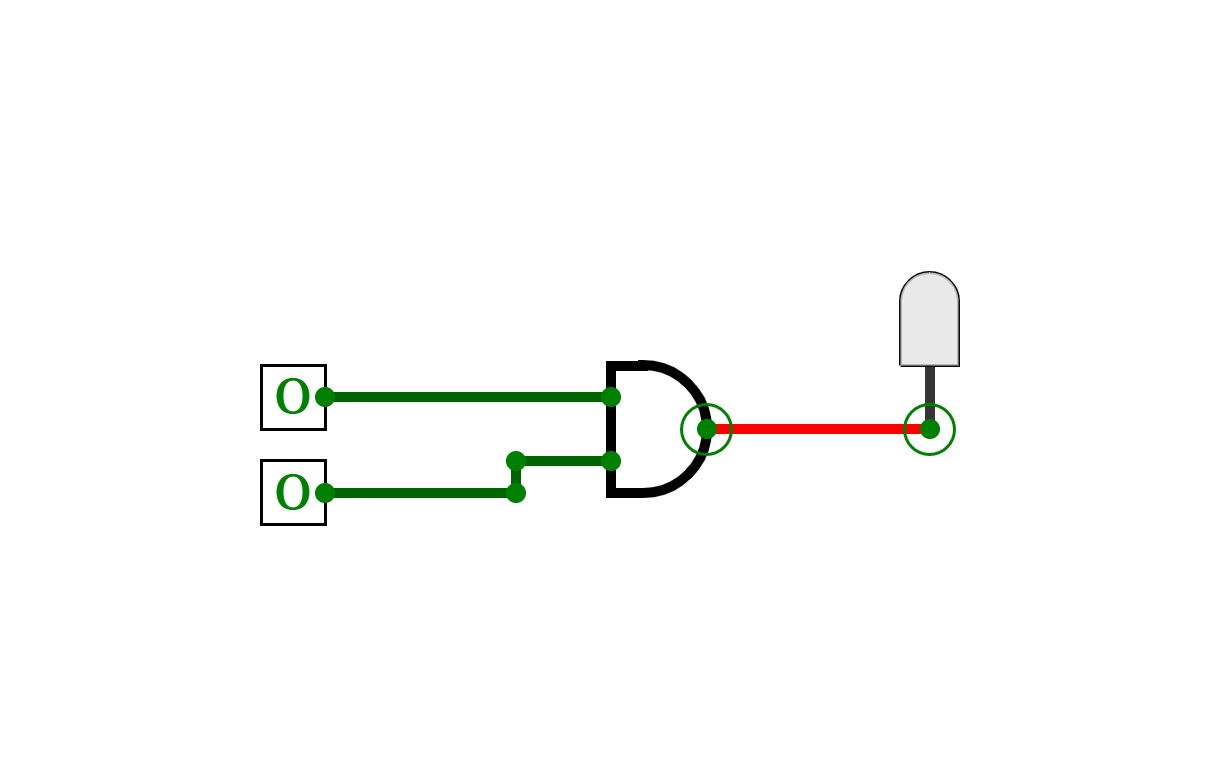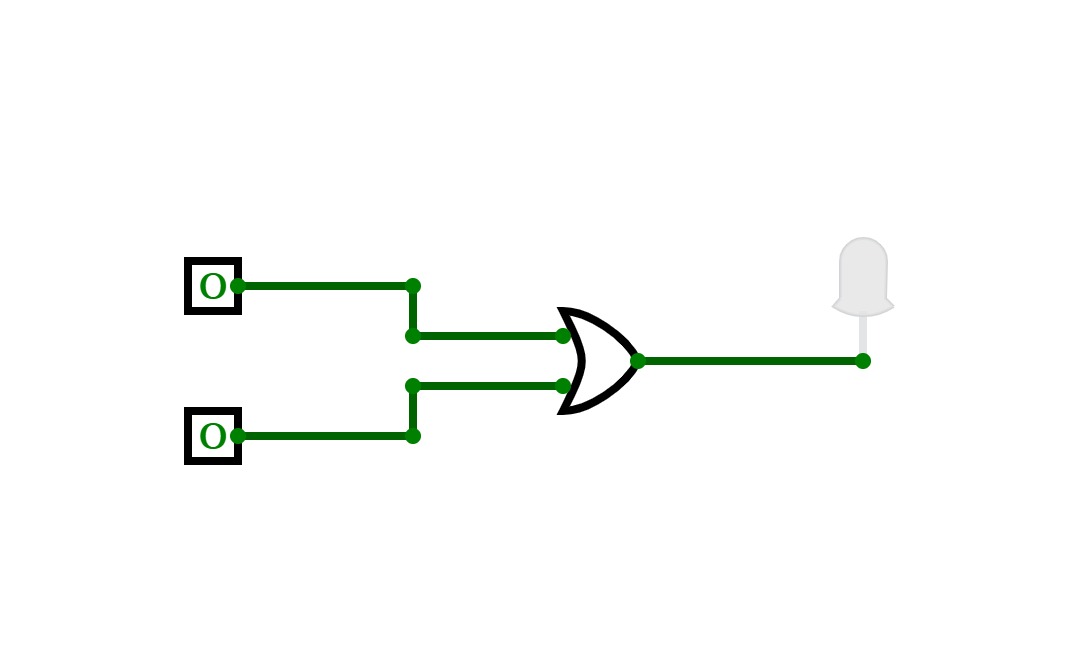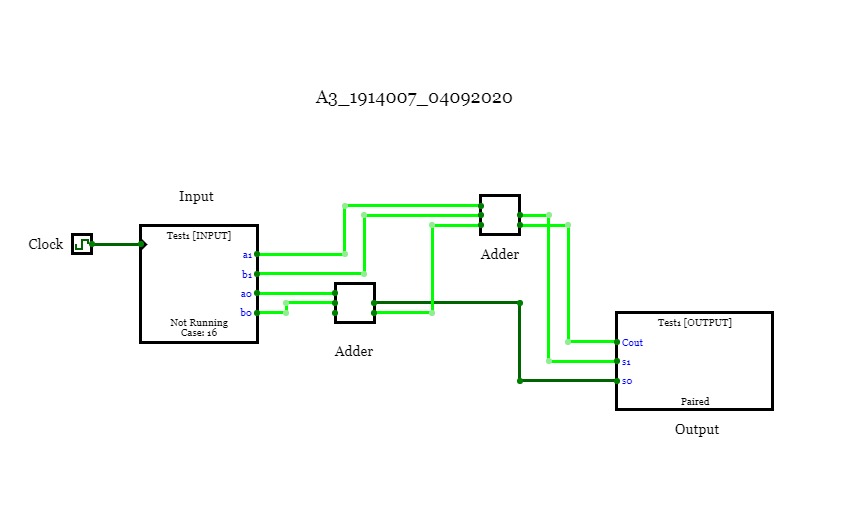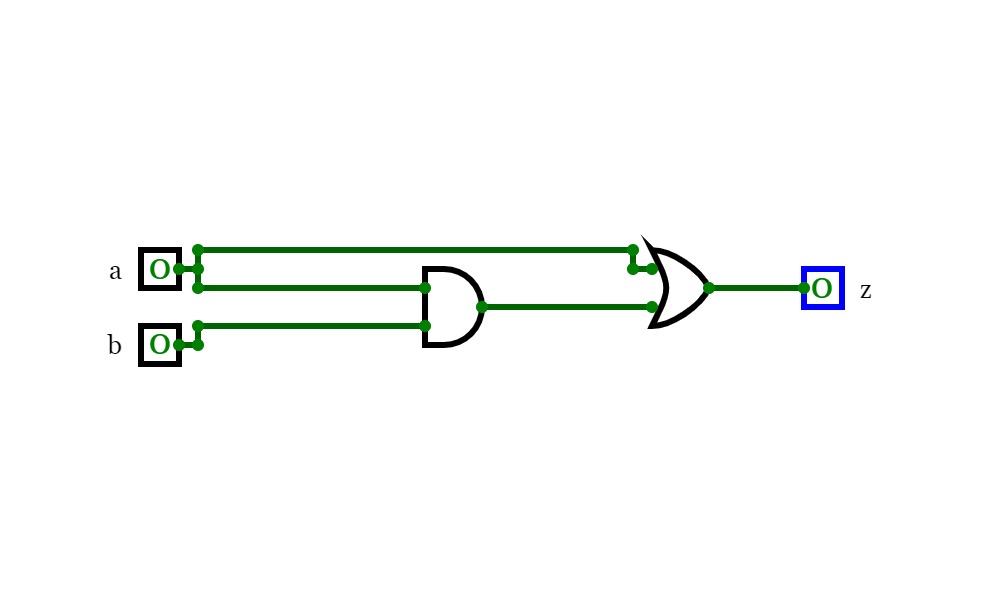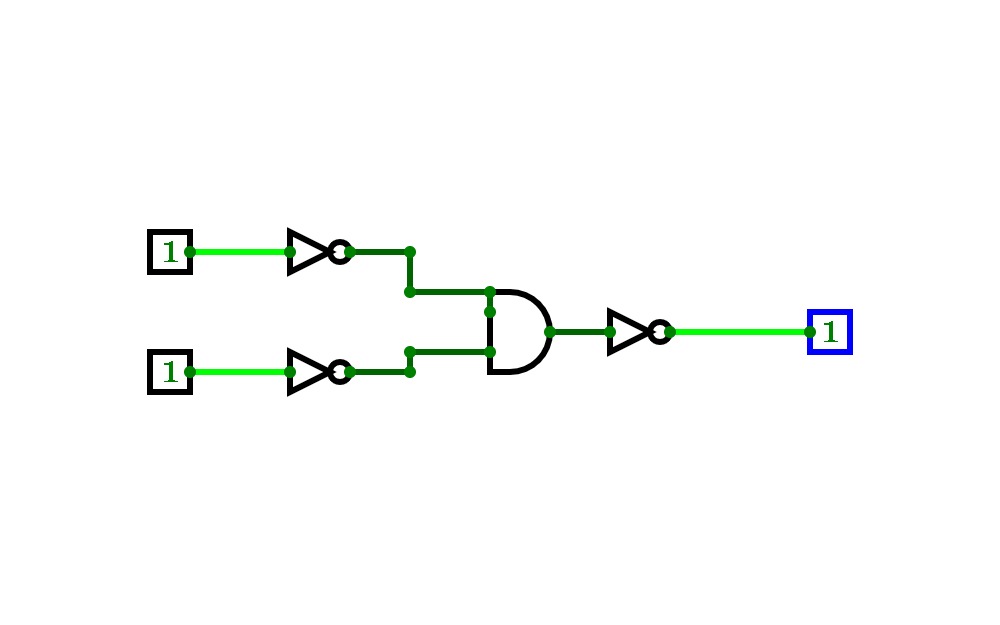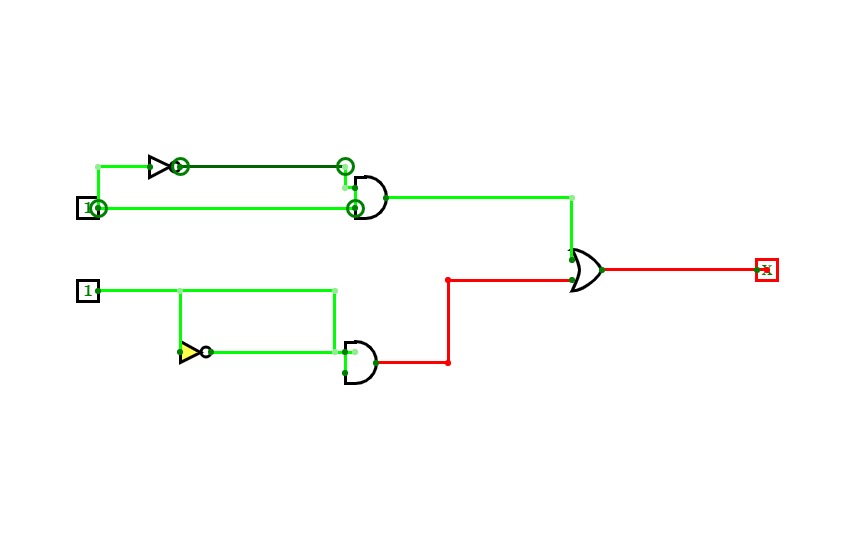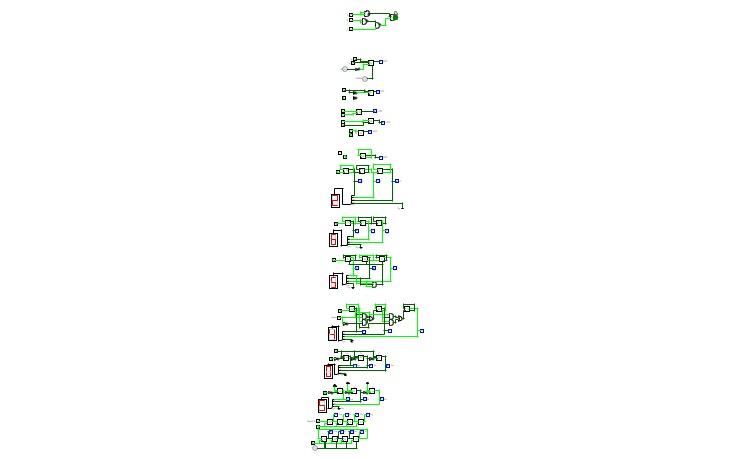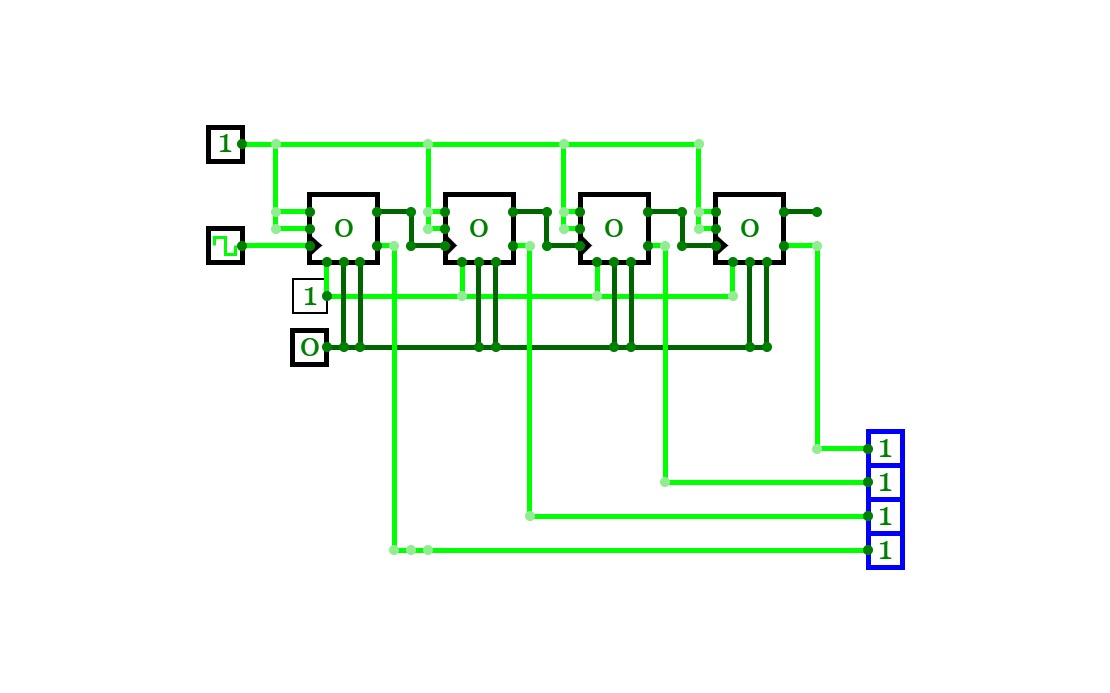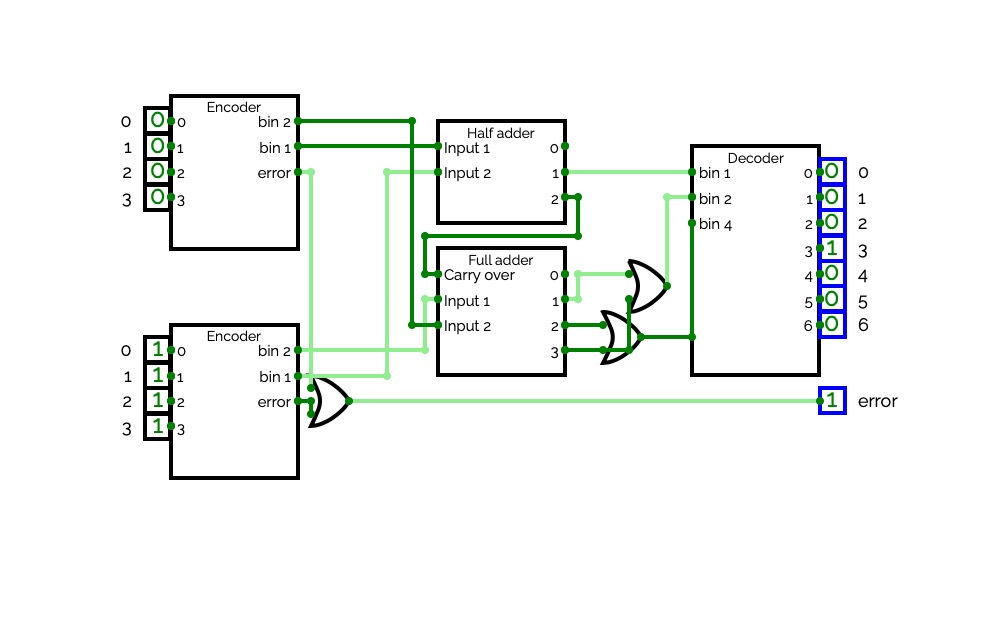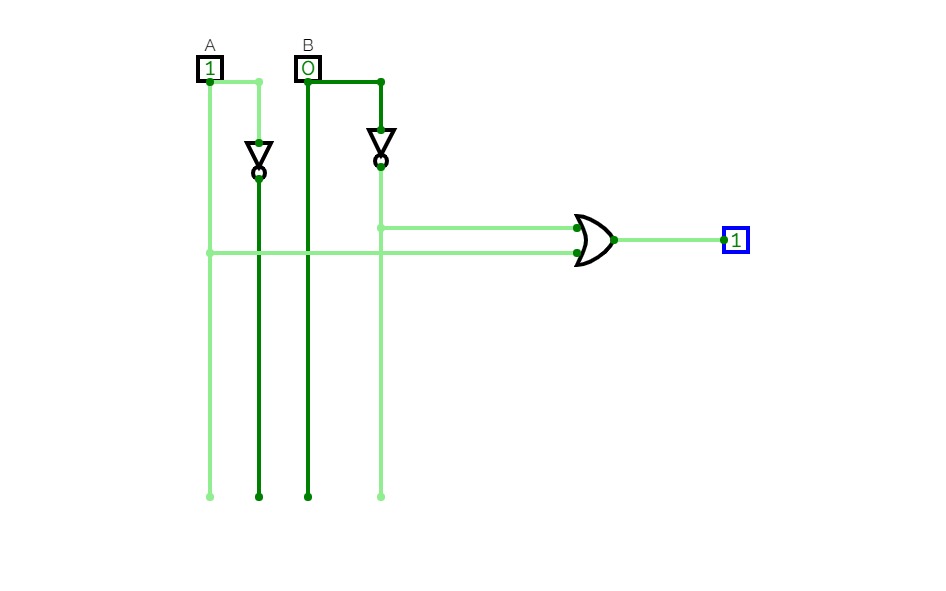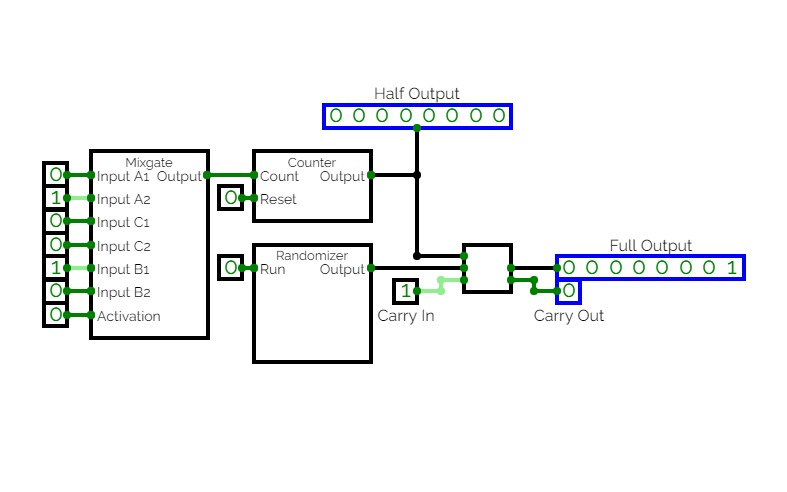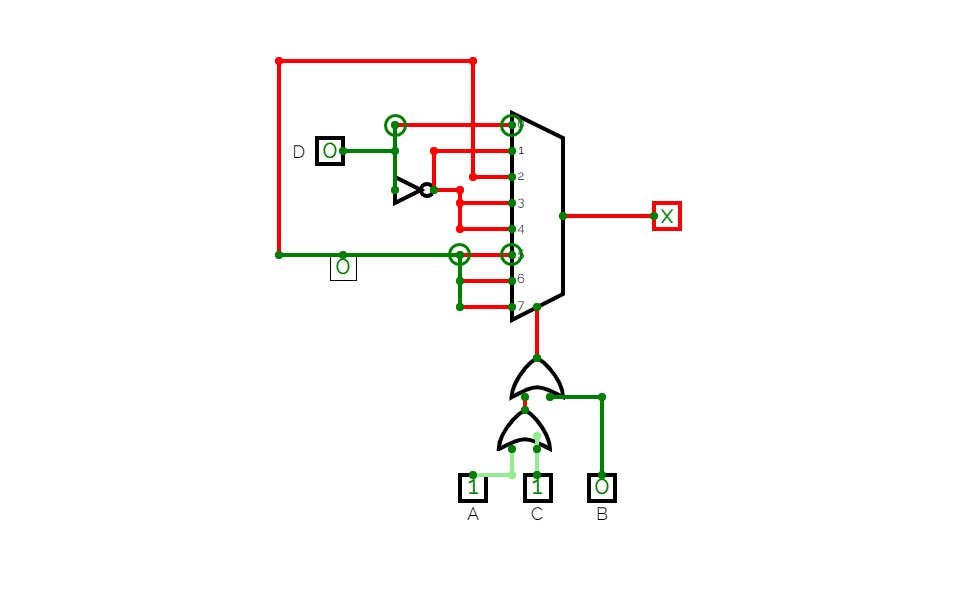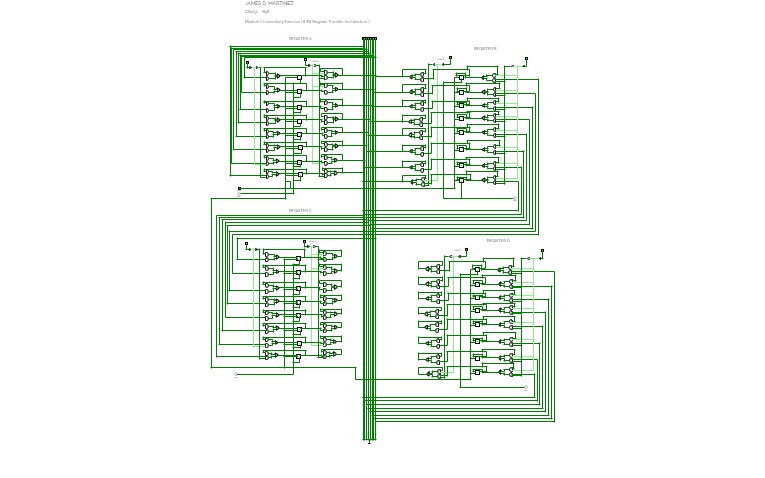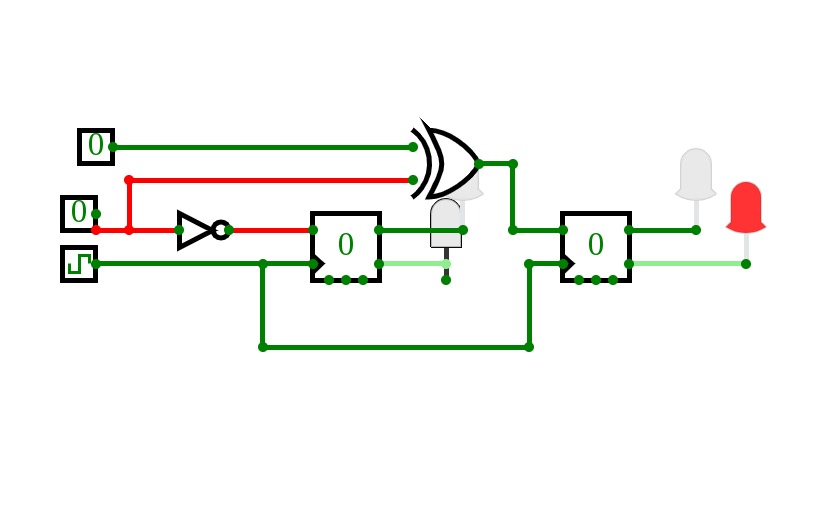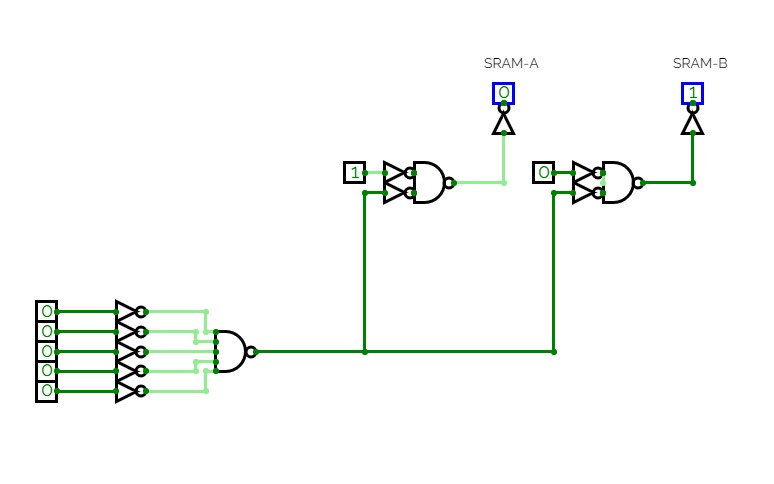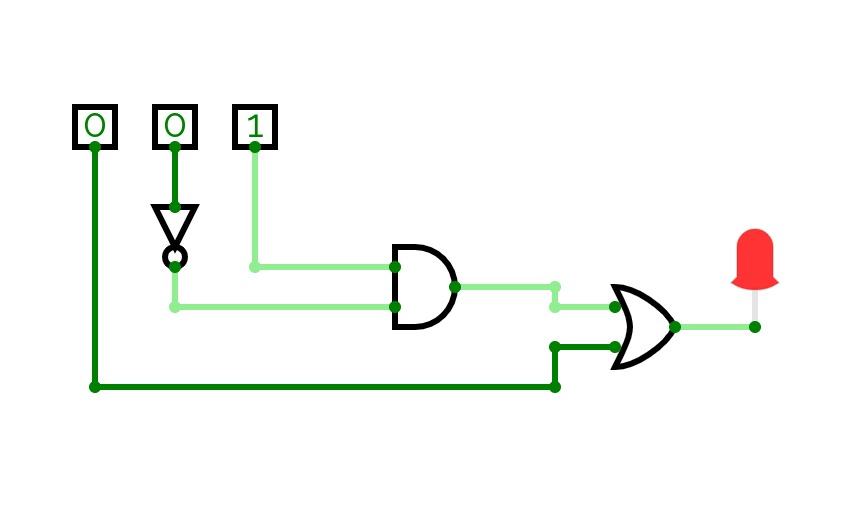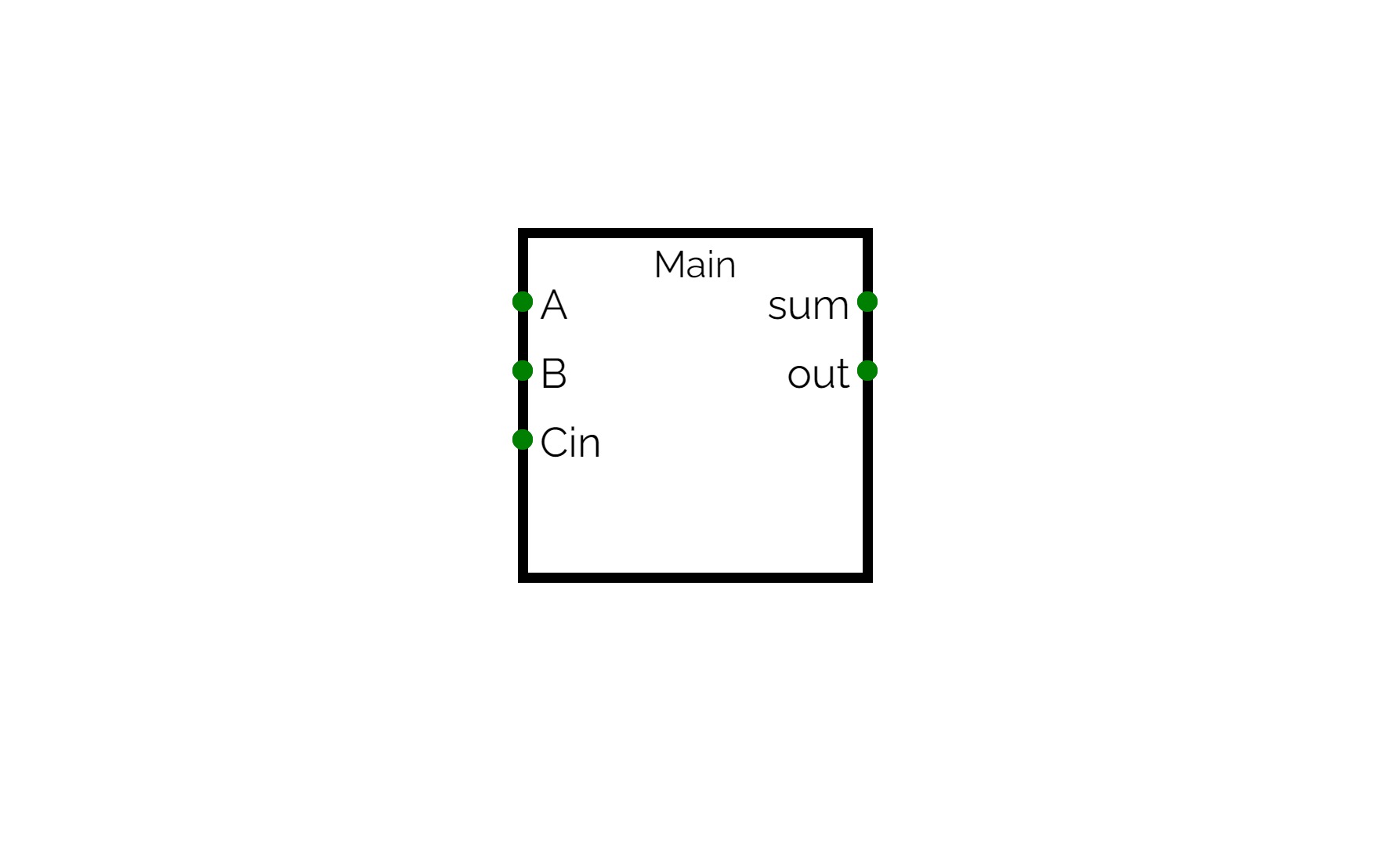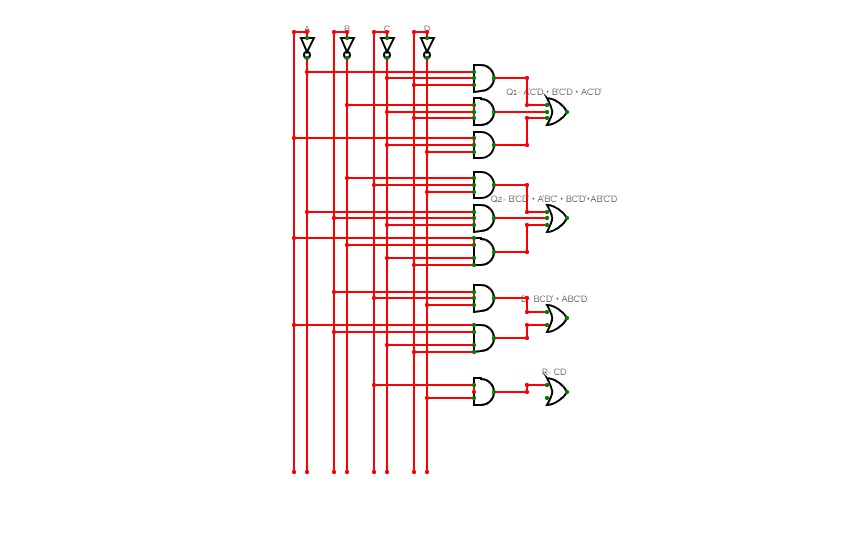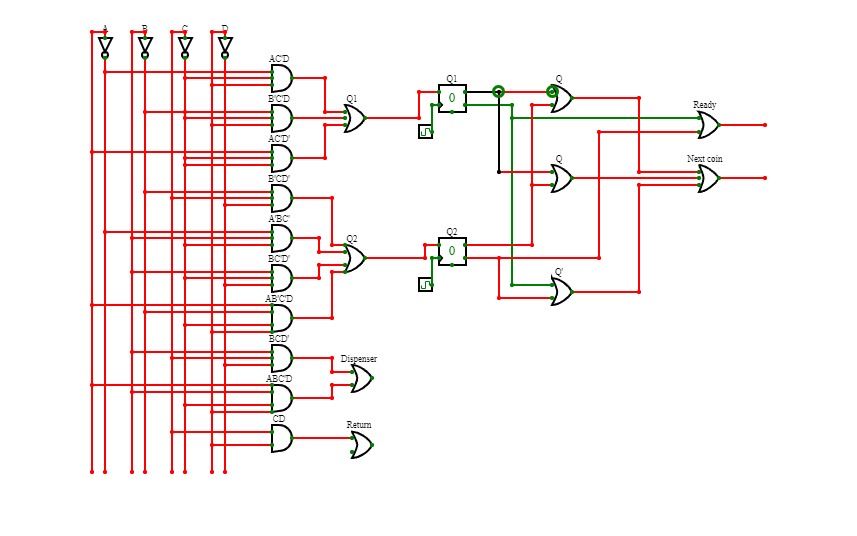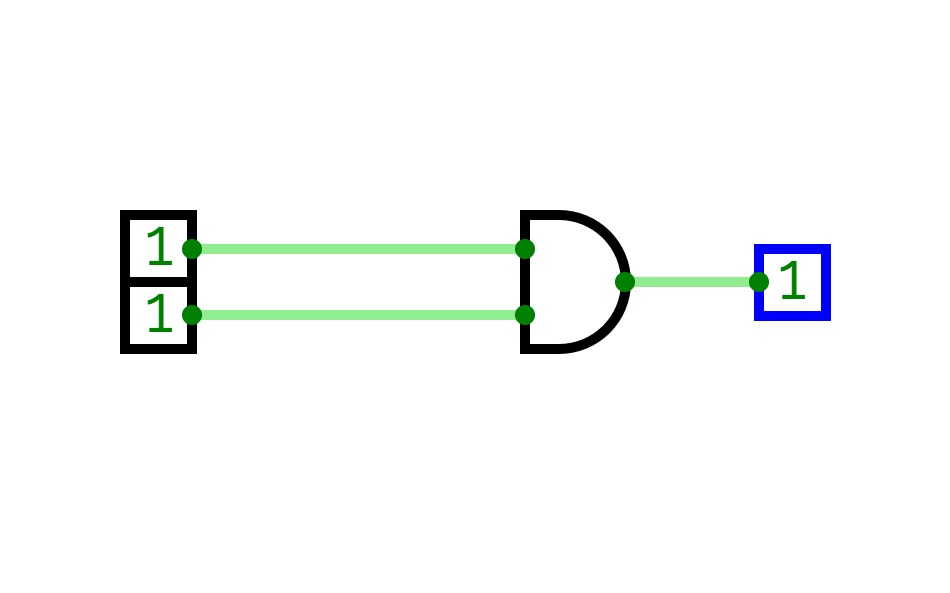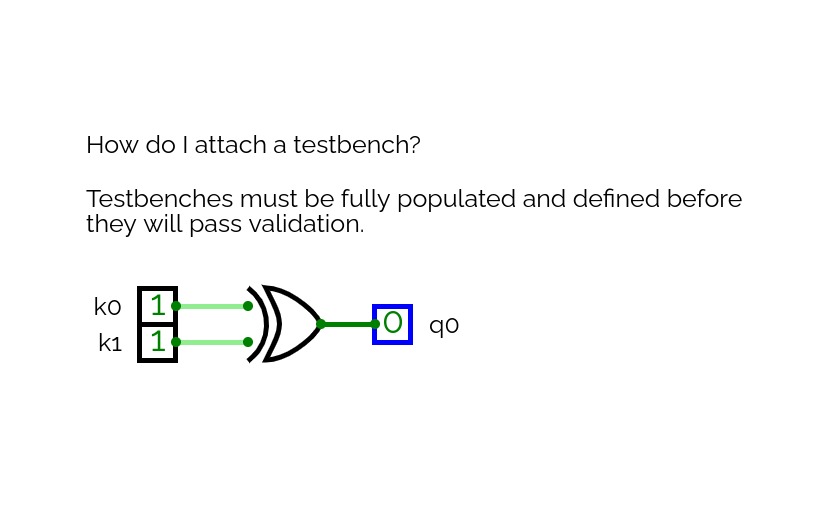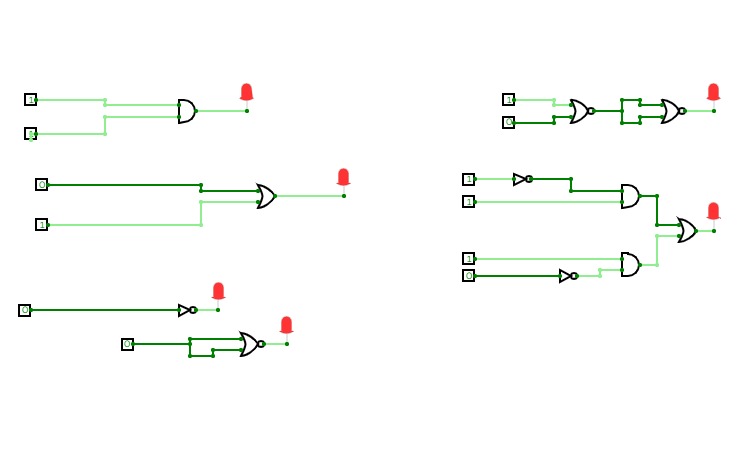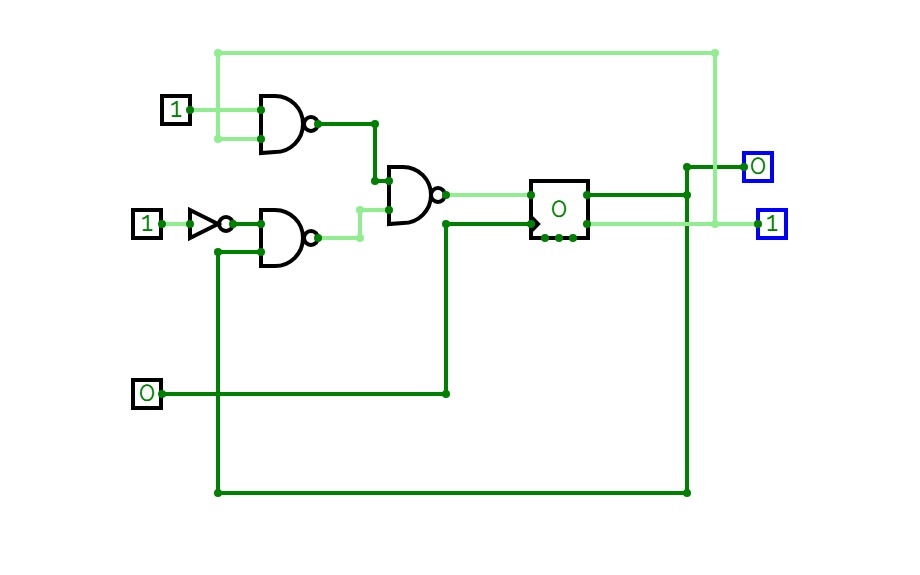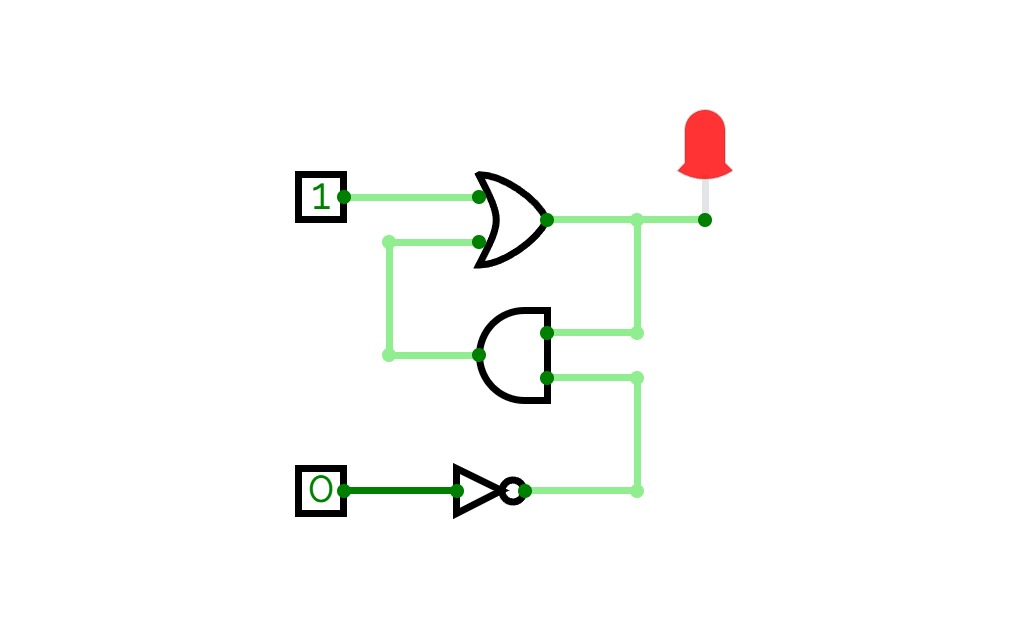- LDA - 0x
- ADD - 1x
- Subtract - 2x
- Output - e
- Halt - ff
Estudiar FSM
Estudiar FSMThis is just a practice machine for the FSM test and sequential logic
Half Adder
Half AdderThis is a test project to understand how the combinational analysis tool works.
Addition Calculator
Addition CalculatorAdd numbers from zero to three at the top (input 1) and bottom (input 2) and see what you get on the other end.
Subcircuit Test
Subcircuit TestMy first experiment with Subcircuits.
test
testthis is a test the line spacing is very high for each new line
in the description box .. if we test it we can clearly see the issue
it should be decreased
D FLIP FLOP CIRCUIT
D FLIP FLOP CIRCUITD FLIP FLOP CIRCUIT
D FLIP FLOP CIRCUITlogic expressions
logic expressionsD FLIP FLOP CIRCUIT
D FLIP FLOP CIRCUITmyproject
myprojectUntitled
UntitledThis is to undestand the various logic gates
The 256-Series is a series of computers of various sizes and architectures that I constructed. Currently most of them are still a work in progress.
The Femto-5 (WIP):
A Von Neumann 20-bit computer, designed and optimised for CircuitVerse, with a planned microcode writer, assembler, and compiler.
The Femto-4 (v2.6):

https://circuitverse.org/users/4699/projects/femto-4v2-6-computer
A Von Neumann 16-bit computer, capable of running simple games, driving a 16x16 screen or a 32x32 screen, with an assembler, and a compiler for the Femto-4's high level language, Phemton Lite (a1.0).
The Atto-2 (WIP):
A Harvard 8-bit computer, capable of running simple graphics.
The Zepto-1½ (WIP):
An 8-bit register machine
The Zepto-1 (WIP):
A 4-bit register machine.
The Yocto-½ (v0.1):

https://circuitverse.org/users/4699/projects/yocto-v0-1
A Turing Machine.
The Yocto-¼ (WIP):
A true 2-bit computer. It's basically useless.
The Ronto-¼ (WIP):
A true 1-bit computer. It's entirely useless.
The name of all of the computers and the series as a whole is reference to the Pico-8.

_(1).jpg)

